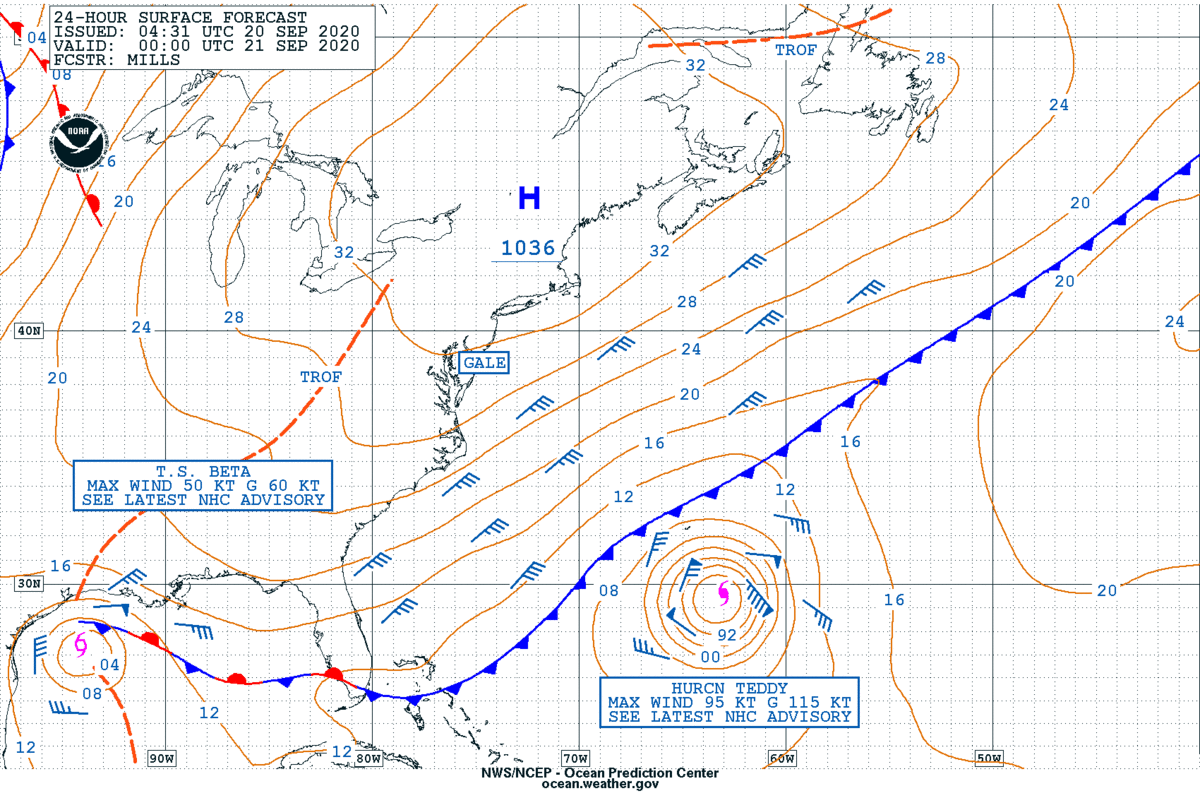Northern Wheatear has a large range extending from much of northern Europe and Asia south into North Africa and the Middle East, but also including some areas of the arctic Western Hemisphere (e.g. Alaska, Iceland, and Greenland). This species has the (probably) unique attribute of crossing either the Atlantic Ocean or the continent of Eurasia during its annual cycle. The North American birds breeding in Greenland and northeastern Canada occur rarely but with some regularity in areas of eastern North America. The map below highlights occurrences in September (click the link to explore additional seasonal patterns of this species).

Northern Wheatear occurs annually or almost annually in September (and October) in many areas of the eastern US (the large number of blue balloons on the map). Several recent observations (the red balloons) have been reported from the northeast US. Are conditions supportive for this species to occur farther south along the Atlantic seaboard?
Observers along the Atlantic seaboard of the US should keep a close eye in open habitats, whether coastal dunes or rocky fields, in the coming days, as strong northeasterly wind flow in the western North Atlantic may carry a small number of wheatears.

The forecast map for surface conditions in eastern North America and the western North Atlantic highlights the presence of two tropical cyclones (Teddy and Beta), high pressure (the blue H) in the St Lawrence River valley, and a well defined cold front (the blue line with red triangles) in the Atlantic. Note the wind barbs, the short blue lines with blue flags (the flags highlight the speed and the direction from which winds are blowing). In this case, strong northeasterly winds are blowing at the surface, circulating around the strong high pressure center.




